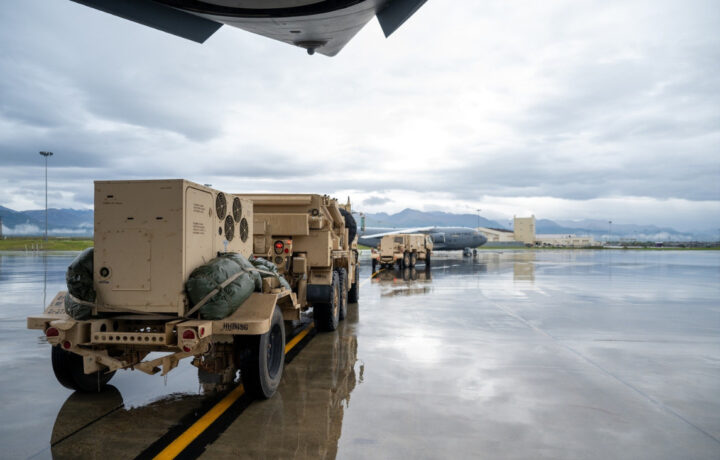It increasingly seems at times that the United States and its allies are inching closer to a Cold War 2.0 with Russia and China, but the U.S. Army is now preparing for a different kind of “cold war,” namely one that could be fought in the Arctic. In June, the United States Department of Defense released its 2024 Arctic Strategy, which acknowledged the environmental changes that are impacting the region, and how the U.S. military needs to meet future challenges.
Russian and Chinese Presence in the Arctic
As previously reported, Russia has established more military bases in the region, including the reopening of Soviet-era military installations, while eight of its 11 submarines capable of launching long-range nuclear weapons are in the Russian Navy’s Northern Fleet. Even more ominously for the West, Moscow has been partnering with China – a nation that has no actual territory in the Arctic, yet, has defined itself as a “Near-Arctic State,” with a larger interest that draws its attention to the region.
To prepare for these threats, the U.S. Army recently conducted training exercises in the Aleutian Islands – which is notable, as it was the only North American territory of the United States to be occupied by the Japanese during the Second World War. There were serious concerns that the island chain could have served as a jumping-off point for a Japanese invasion of the mainland, and a hard-fought – but largely overlooked – campaign was launched in 1942 to liberate the islands.
No Easy Path to Alaska
The U.S. Army announced that elements of the 11th Airborne Division, which had been first raised during World War II, along with the 1st and 3rd Multi Domain Task Forces landed on Shemya Island, Alaska, as part of a force projection operation that worked with the U.S. Air Force to move soldiers and equipment to the remote location in the North Pacific Ocean.
“As the number of adversarial exercises increases around Alaska and throughout the region, including June’s joint Russian-Chinese bomber patrol, the operation to Shemya Island demonstrates the division’s ability to respond to events in the Indo-Pacific or across the globe, with a ready, lethal force within hours,” explained Maj. Gen. Joseph Hilbert, commanding general of the 11th Airborne Division.
The U.S. Army’s Arctic Angels
First activated in February 1943, the 11th Airborne Division took part in very different operations in the Pacific Campaign of the Second World War, notably in the Philippines. It was inactivated in 1958, and then briefly reactivated from 1963-65.
Then in 2022, the U.S. Army Alaska was “reflagged” as the 11th Airborne Division, with a focus on the service’s Arctic strategy. It has earned the nickname “Arctic Angels,” as its focus will be operating in cold weather and mountainous terrain, and developing a mastery of it.
Mission of the 11th Airborne Division
“I expect every soldier of this Division to be masters of their craft, of Arctic Warfare,” Chief of Staff of the Army General James C. McConville said when the unit was reactivated.
The 11th Airborne Division, now stationed at Joint Base Elmendorf-Richardson and Fort Wainwright in Alaska, is charged with defending the northern and western-most reaches of the U.S., but also ensuring that U.S. interests are protected in the Arctic, an increasingly competitive space as it becomes more accessible with the accelerating impacts of climate change.
Focus on the Indo-Pacific Command
The unit is now assigned to the U.S. Indo-Pacific Command, which has become the Department of Defense’s (DoD’s) priority theater as it is an area that represents more than 50% of the world’s population.
“Testing ourselves with this operation and others like it is critical to our nation’s defense and the preservation of a free and open Indo-Pacific,” added Hilbert. “Our ability to deploy combat-credible forces quickly and effectively to any location, no matter how remote, is critical to supporting the nation and our strong relationships with allies and partner nations.”




